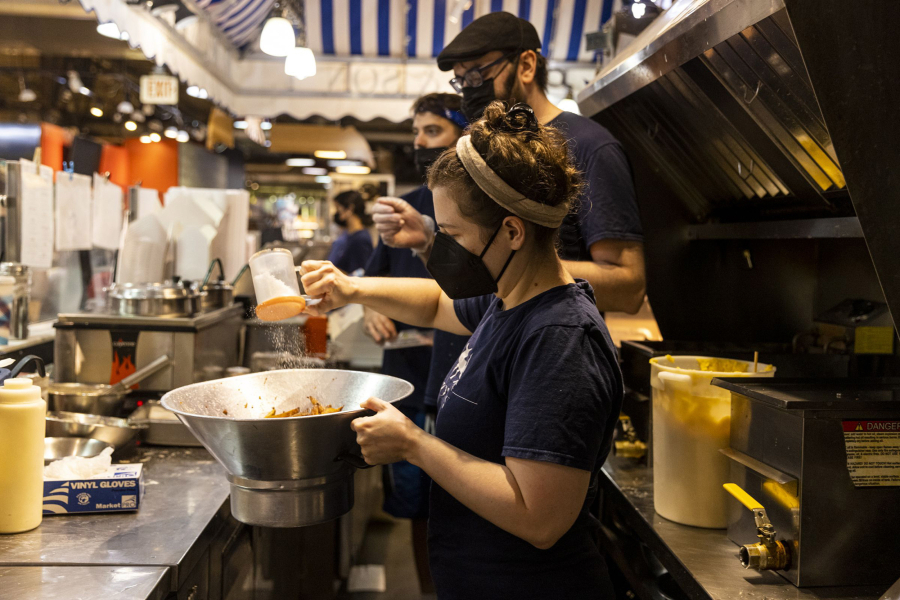All is not rosy in restaurant land. Nationally, 90,000 spots have closed permanently or long term. Locally, employment in food-service and accommodation is down by 33%, and the number of businesses behind on their bills rose by 66%. Sales are slowing, labor and food costs are growing, and winter is on the horizon again as the pandemic plows on.
The bleak forecast is yet another cause for concern for the industry, one of the hardest hit by the pandemic. That’s why Congress singled it out in March’s American Rescue Plan, earmarking $28.6 billion for restaurant relief.
The pot of money was pitched as a lifeline for businesses large and small, from swanky steakhouses to halal carts and holes in the wall. For many, the Restaurant Revitalization Fund (RRF) was just that, helping 101,000 businesses recover their financial losses.
But the federal program left many more eateries unfunded, frustrating bar and restaurant owners trying to stay afloat. With barely enough money to meet the needs of the struggling industry, the fund was besieged by litigation and drained within weeks.



